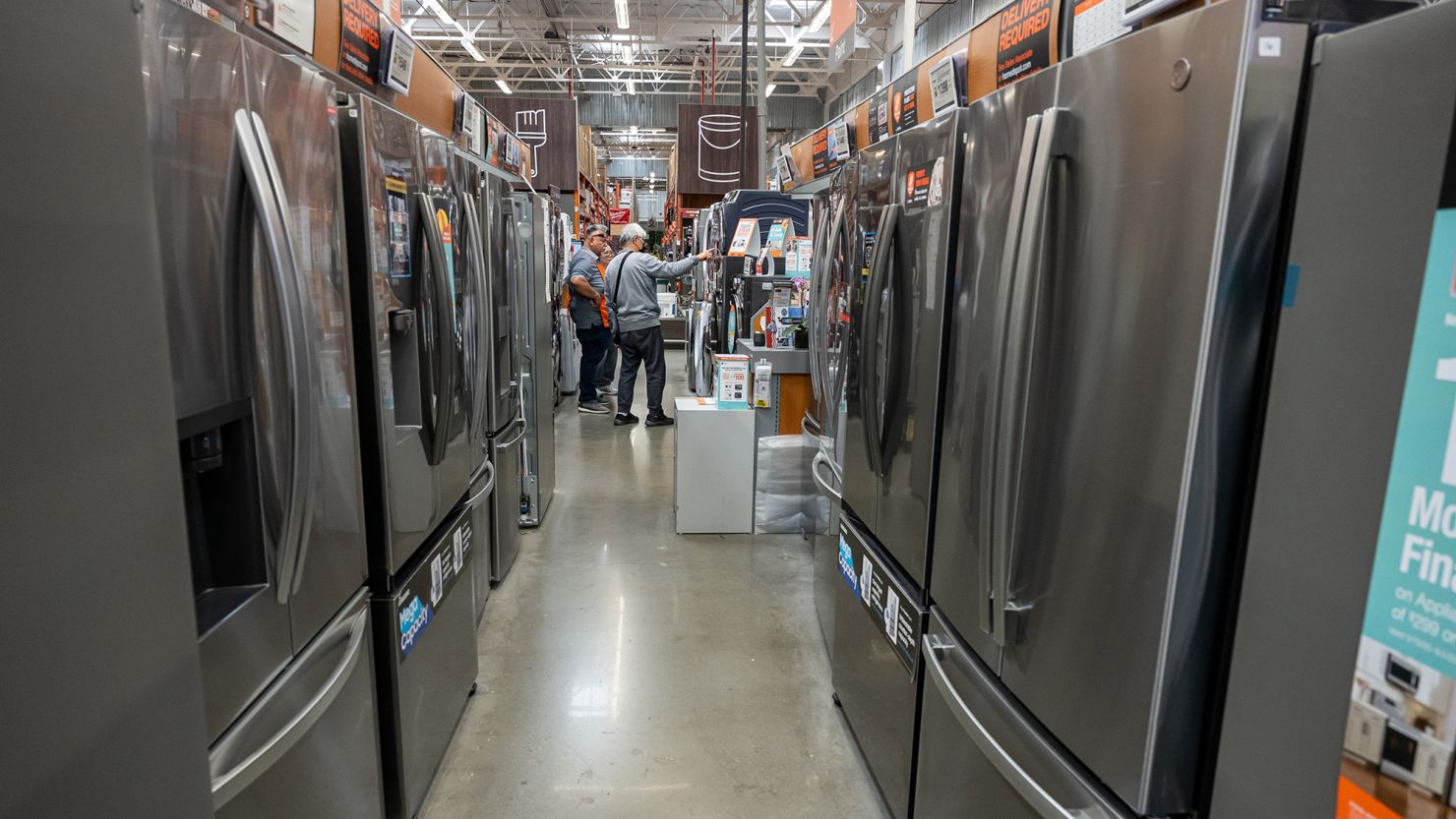President Donald Trump has escalated his tariff threats, potentially leading to significant price increases for a range of imported goods. As of August 1, 2023, Trump plans to implement tariffs on numerous products from various countries, which could soon result in higher costs for American consumers. This action comes after three months of a minimum 10% tariff on most imported goods, alongside separate levies starting at 25% on steel, aluminum, cars, and auto parts.
Earlier this week, Trump communicated with long-standing trading partners, indicating that they could soon face tariffs ranging from 25% to as high as 50%. In an interview with NBC News, he suggested extending blanket tariffs on most countries. If enacted, these measures would create the highest average tariff rate seen in the United States in over a century, according to various estimates.
Current Economic Climate
Despite the looming tariffs, overall inflation in the US has remained relatively stable. Businesses typically absorb these upfront costs and may pass some of them onto consumers by raising prices. However, administration officials, including White House spokesperson Kush Desai, maintain that the burden of tariffs will primarily fall on foreign exporters reliant on access to the American market.
A recent report from the White House noted that the price of imported goods has declined since February, contrasting claims that tariffs would accelerate inflation. Nevertheless, businesses have been stockpiling inventory in anticipation of the new tariffs, utilizing legal strategies to delay tariff payments. Wayne Winegarden, a senior fellow at the Pacific Research Institute, highlighted that these measures are temporary and warned that the economic impact of tariffs will soon be felt.
Goods Facing Price Increases
As the tariffs take effect, several categories of goods are poised for significant price hikes:
Gas – The US imported approximately $97 billion worth of oil and gas from Canada last year, making it a vital source. Increased tariffs could exacerbate the cost of energy, particularly as the US’s reliance on Canadian oil continues to grow.
Appliances – Prices for household appliances have already seen increases of 0.8% in both April and May, marking the highest monthly rise in nearly four years. China and South Korea, which together exported $22 billion worth of appliances to the US last year, are set to face minimum tariffs of 30% and 25%, respectively. Additionally, appliances manufactured domestically will also be affected due to rising steel and aluminum costs.
Electronics – Products such as televisions, computers, and smartphones could see increased production costs due to a potential 50% tariff on copper, a key component in electronic wiring. Tariffs on goods from Vietnam, another significant electronics supplier, may rise to 20% from the current 10% if final trade agreements are established.
Apparel and Footwear – Clothing, shoes, and accessories produced overseas are also vulnerable to price increases. Current average tariffs on women’s clothing stand at 32% and men’s clothing at 25%, projected to rise to 48% and 39% respectively once the tariff pause ends. Prices for handbags and other accessories are expected to rise significantly as well.
Coffee – Much of the coffee consumed in the US is sourced from Brazil, historically the top supplier. Should tariffs on Brazilian imports reach 50%, coffee prices, which have already been increasing this year, could rise even further.
As these tariff threats loom, consumers may soon face a reality of higher prices across various goods. The coming weeks will be crucial in determining how these tariffs will affect the American economy and everyday life.
